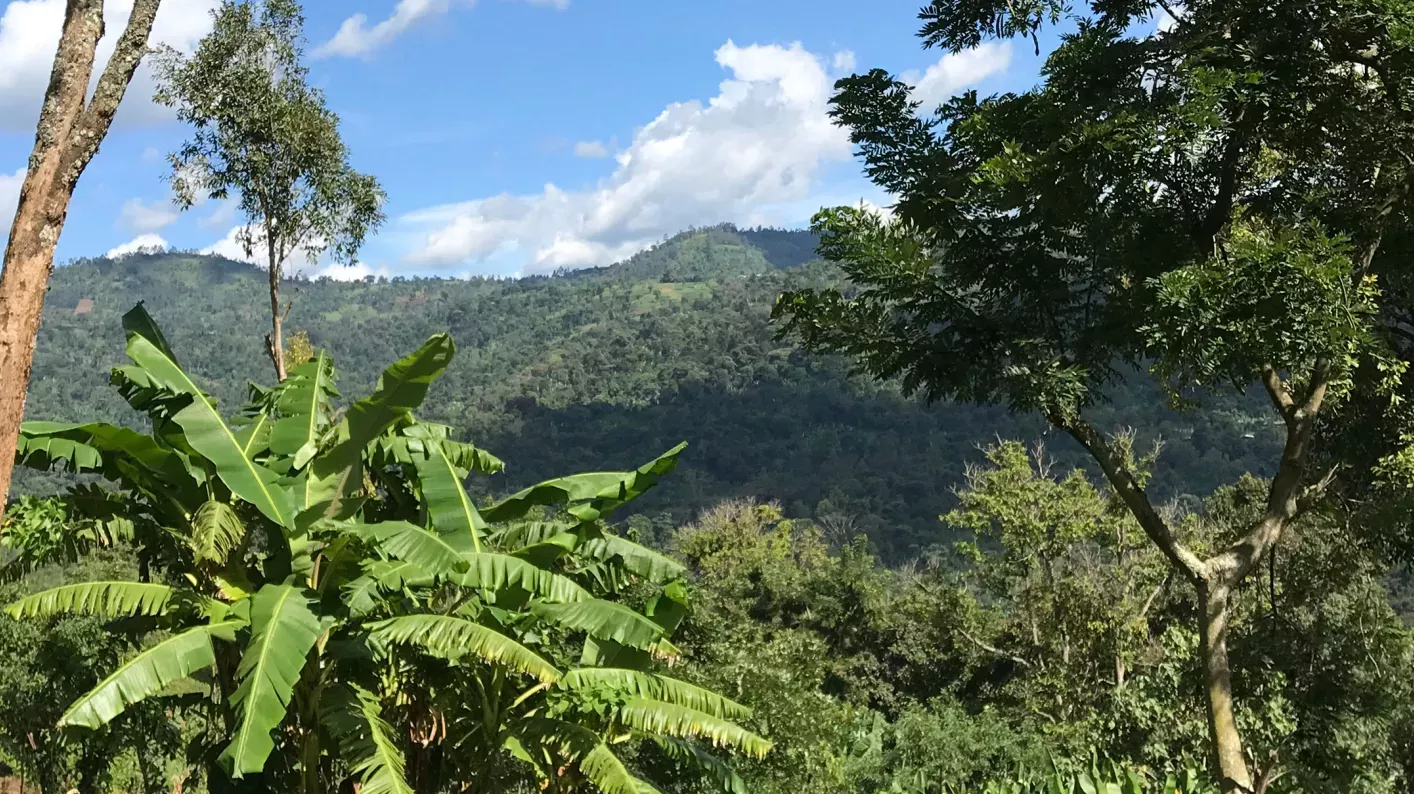
Tropical Important Plant Areas (TIPAs) in Ethiopia
Identifying and documenting critical sites for plant diversity in Ethiopia.
TIPAs Ethiopia
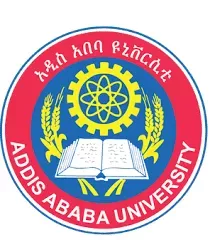
Addis Ababa University
Professor Sebsebe Demissew
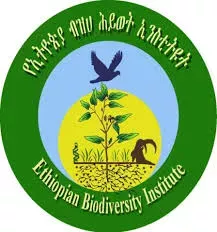
Ethiopian Biodiversity Institute
Dr Feleke Woldeyes
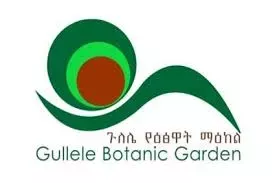
Gullele Botanic Garden
Dr Birhanu Belay

Royal Botanic Gardens, Kew
Dr Iain Darbyshire
Dr James Borrell
Dr Melanie-Jayne Howes

University of East Anglia
Professor Roger Few, School of International Development

University of Greenwich
Professor Ben Bennett, Natural Resources Institute
Professor Phil Stevenson, Natural Resources Institute (and Kew)
With a rich flora of ~6000 plants, Ethiopia has the second highest rate of wild plant endemism in tropical Africa and is the only sub-Saharan centre of plant domestication. These substantial Ethiopian plant assets represent opportunities for jointly delivering food security, socio-economic development and biodiversity protection. For example, Ethiopia has multiple endemic or underutilised crops (e.g., tef, noog, enset and yams), in addition to many useful yet poorly documented wild species that may hold the potential for enhanced nutrition, food system resilience, climate adaptation and income generation for rural communities.
The opportunity to deploy Ethiopia’s plant bioresources for addressing development challenges is rapidly diminishing as wild and agricultural plant diversity is lost to the conversion of natural habitats and homogenisation of agricultural landscapes. By drawing together a multidisciplinary team from both the UK and Ethiopia, and local stakeholders, this project aims to realise the potential of Ethiopia’s bioresources to enhance the inherent resilience of rural communities to social, economic and environmental stressors. To do this, we will (i) make recommendations for protecting and effectively managing the diversity of wild and agricultural plants in designated Tropical Important Plant Areas (TIPAs), taking account of both socioeconomic and ecological considerations; and (ii) identify and characterise wild and agricultural plants with potential for improved nutrition, climate resilience and value chain development.
February 3, 2021: Project board meeting. Agenda items included: progress reporting across all four project work packages, planning of both preliminary scoping field visits and formal data collection field visits, review of project timeline based on updated GCRF deadlines.
November 26, 2020: Project board meeting. Agenda items included: updates on security and COVID19 in Ethiopia, progress reporting across all four project work packages, selection of research sites.
November 16–19, 2020: Virtual workshop with Ethiopian partners on assessments of wild plant species for the IUCN Red List of Threatened Species (delivered by Iain Darbyshire)
October 20, 2020: Virtual discussion with Ethiopian partners to explore links between biodiversity conservation and sustainable development (facilitated by Roger Few)
September 22, 2020: Project board meeting. Agenda items included: review of GANTT chart, pinpointing sources of agrobiodiversity data, report on progress on Ethiopian TIPAs (Tropical Important Plant Areas), and planning a virtual Ethiopia-UK discussion on links between TIPAs and local development.
August 13, 2020: Project board meeting. Agenda items included: updates on security and COVID19 in Ethiopia, review of GANTT chart, and discussion on potential research sites.
The Global Challenges Research Fund (GCRF) – UK Research and Innovation


Identifying and documenting critical sites for plant diversity in Ethiopia.
TIPAs Ethiopia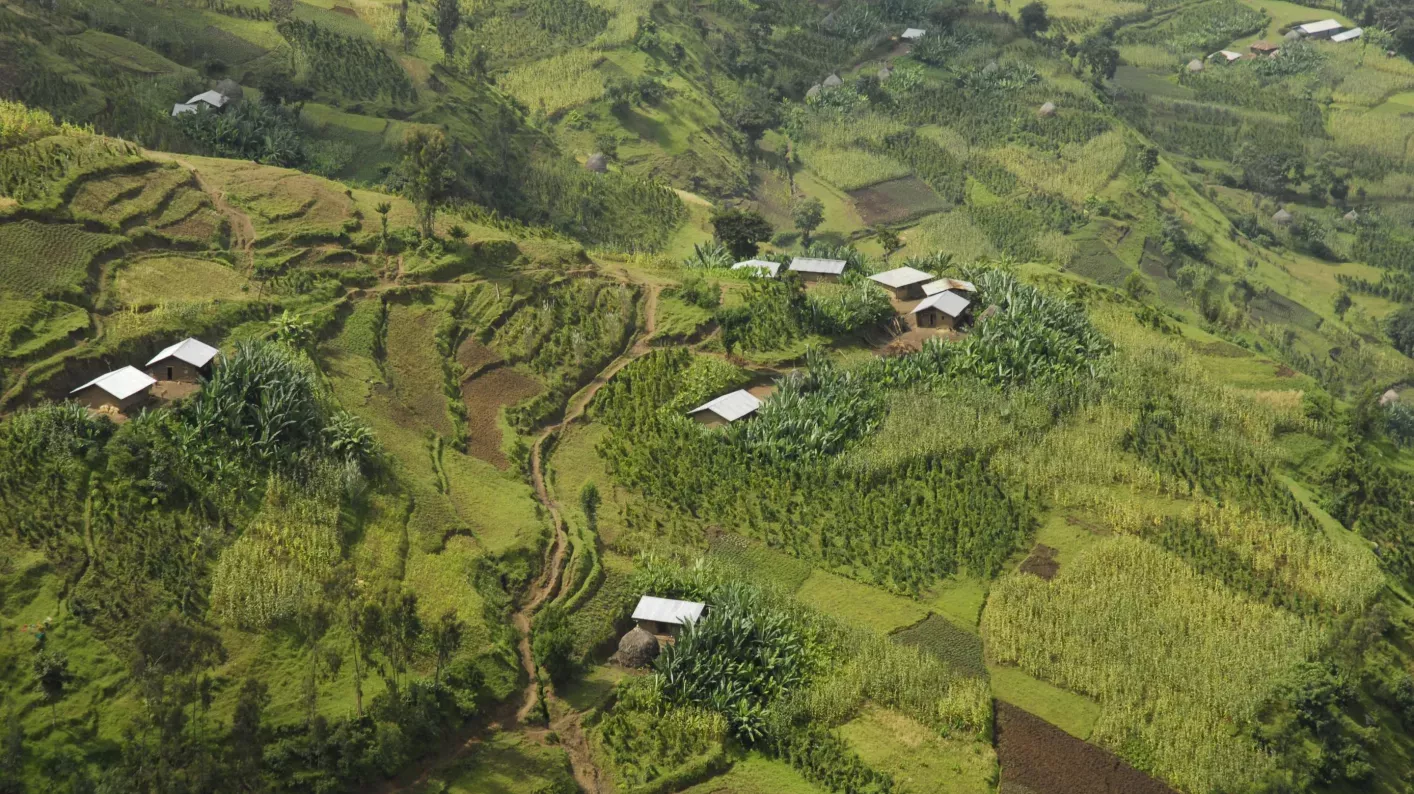
Towards developing a resilient Ethiopian crop into a key resource for the future in both its home country and the rest of Africa.
Modelling and genomics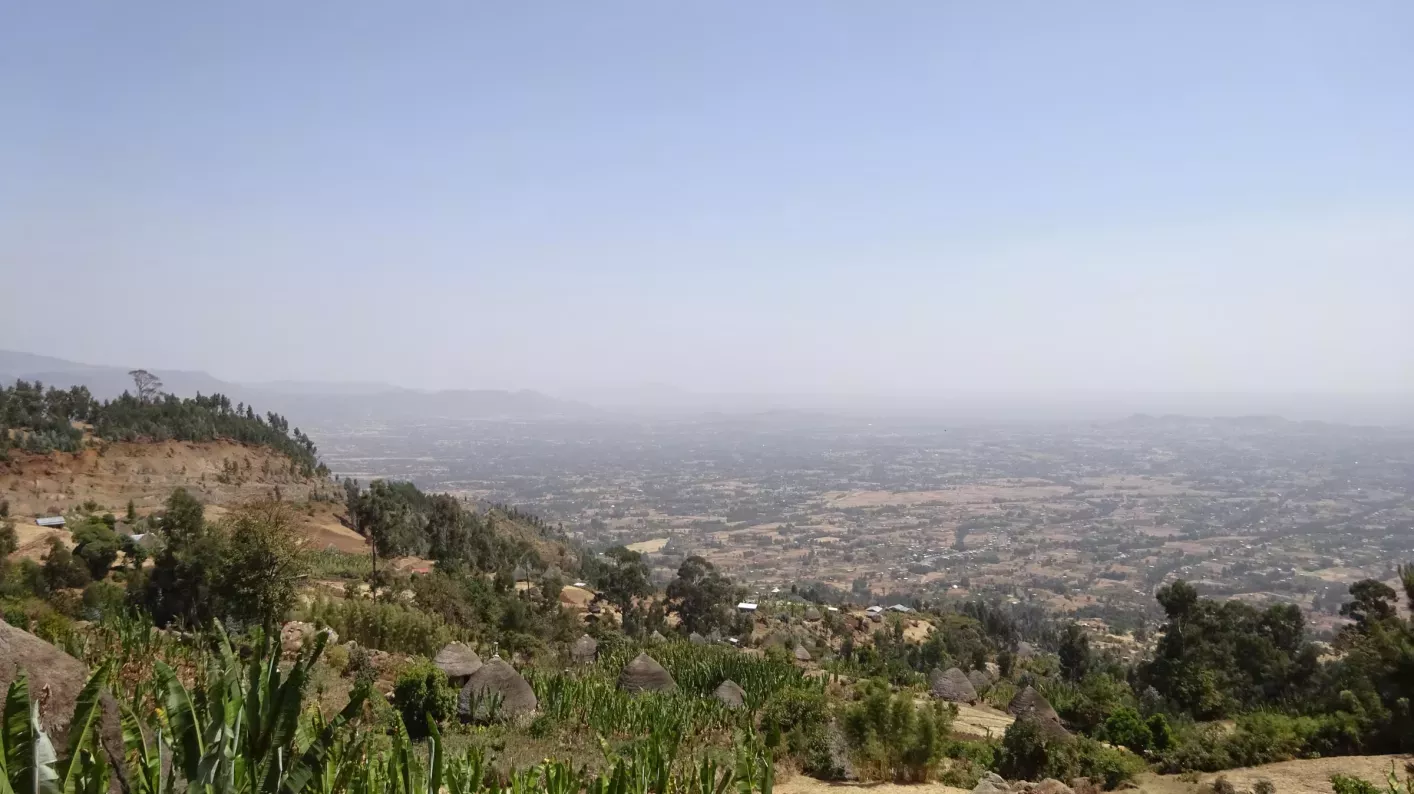
Genetic and species diversity of Ethiopian agri-systems could hold the key to improving food security.
Ethiopian agri-systemsTamrat, S., Borrell, J.S., Biswas, M.K., Gashu, D., Wondimu, T., Vásquez-Londoño, C.A., Heslop-Harrison, P.J.S., Demissew, S., Wilkin, P., Howes, M.-J.R. (2020).
Food Research International 137, 109636.
Pironon, S., Borrell, J.S., Ondo, I., Douglas, R., Phillips, C., Khoury, C.K., Kantar, M.B., Fumia, N., Soto Gomez, M., Viruel, J., Govaerts, R., Forest, F. & Antonelli, A. (2020).
Plants 9: 1128.
Darbyshire, I., Anderson, S., Asatryan, A., Byfield, A., Cheek, M., Clubbe, et al. (2017).
Biodiversity and Conservation 26: 1767-1800.